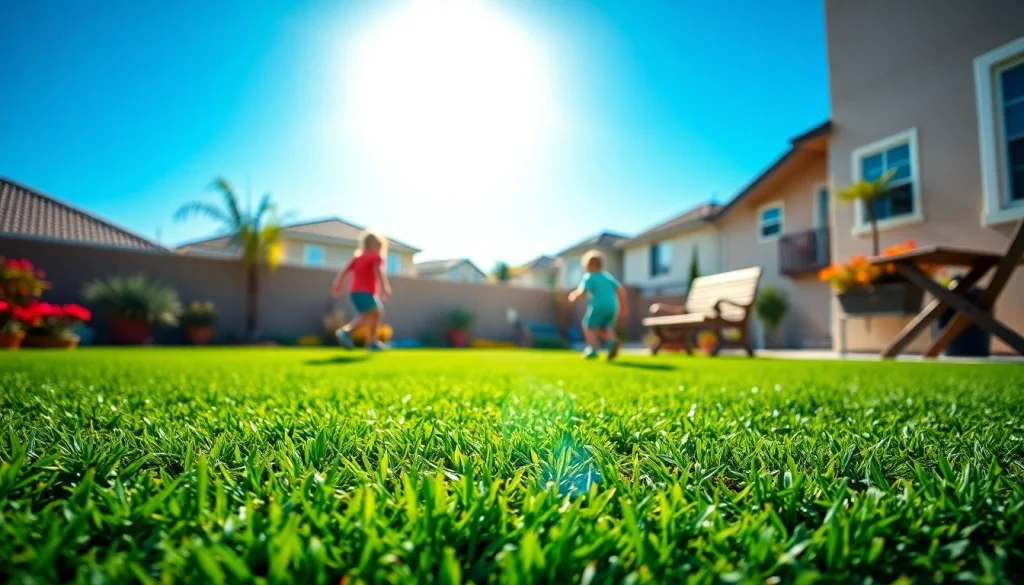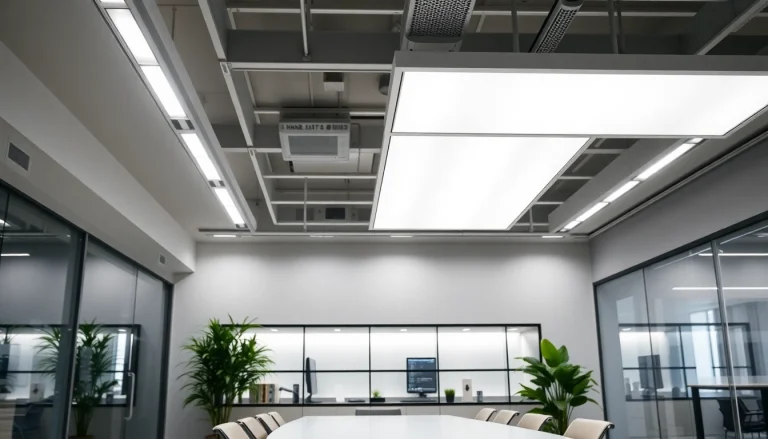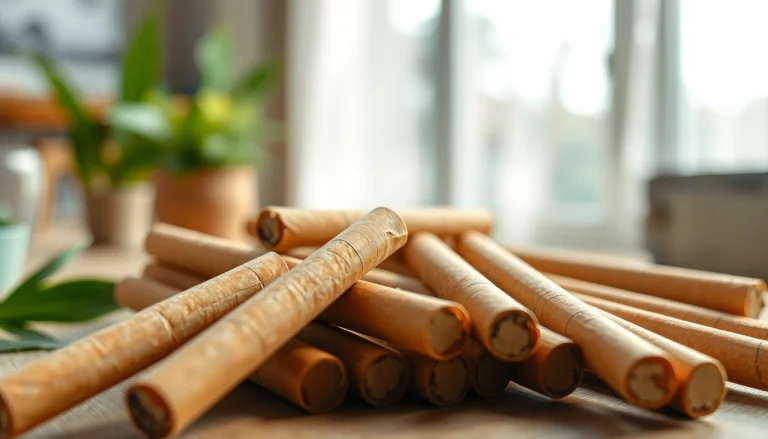
Introduction to How Long Does Turf Last
Turf has become a popular choice for residential and commercial landscapes alike, offering a greener, more vibrant alternative to natural grass. From sports fields to home lawns, turf provides a range of benefits that traditional grass cannot match. However, one of the most pressing questions for potential buyers is how long does turf last? Understanding the longevity of turf helps homeowners and property managers make informed decisions about their investment. This article delves into various aspects of turf longevity, covering everything from types and maintenance practices to environmental factors that influence lifespan.
Defining Turf and Its Benefits
Turf is essentially grass that is grown for the purpose of landscaping, athletic fields, and recreational areas. It can be either natural or synthetic, each offering unique advantages. Natural turf provides a lush, soft surface that is aesthetically pleasing and biodegradable. In contrast, synthetic turf offers durability, low maintenance, and resistance to drought and wear.
Some key benefits of turf include:
- Enhanced aesthetic appeal of landscapes
- Increased property value
- Reduced water consumption (especially with synthetic options)
- Minimized maintenance efforts compared to traditional lawns
- All-weather usage for synthetic turf applications
Why Longevity Matters for Turf
The lifespan of turf directly affects its value and functionality. A shorter lifespan may lead to increased costs for replacement and maintenance, while durable turf can provide long-term benefits and lower expenses. For example, in high-traffic areas such as sports fields or playgrounds, the resilience of turf is critical for maintaining safe and functional surfaces.
Moreover, understanding longevity helps in budgeting for future replacement and maintenance needs. By planning ahead, owners can ensure that their investments in turf remain as beneficial as possible over time.
Key Factors Influencing Turf Lifespan
Several essential factors come into play when discussing how long turf lasts. Some of these include:
- Type of turf (natural vs. synthetic)
- Quality of installation
- Maintenance practices
- Environmental conditions
- Usage patterns and foot traffic
Understanding these factors can help property owners select and maintain turf that will provide the best longevity and value.
Types of Turf and Their Durability
Natural vs. Synthetic Turf
Natural turf is comprised of living grasses that grow in soil. It requires adequate sunlight, water, and nutrients, as well as ongoing maintenance such as mowing, aeration, and fertilization. Although it can last for many years with the right care, its lifespan is contingent on weather conditions, foot traffic, and the type of grass used.
Synthetic turf, on the other hand, is made from plastic fibers designed to mimic natural grass. It is generally more durable and can withstand heavy usage without the need for mowing or watering. Most synthetic turfs have a lifespan of 10 to 20 years depending on the quality of materials used, maintenance, and environmental exposure.
Comparing Different Types of Artificial Turf
Artificial turf comes in various types, with differences in materials, pile height, and infill options. Some common types include:
- Polyethylene: Known for its softness and bright appearance, it’s ideal for residential lawns and sports fields.
- Polypropylene: Typically used for less trafficked areas, it can be less durable than other options.
- Nylon: The most durable option, it resists wear and tear but can be more expensive and hotter under direct sunlight.
When choosing synthetic turf, homeowners should consider not only aesthetics but also the specific needs of their space.
Identifying the Best Turf for Your Needs
Determining the best type of turf depends on various factors, including intended use, local climate, and budget constraints. For high-traffic areas, synthetic options may be more suitable due to their durability and lower maintenance requirements. On the other hand, natural grass might be desired for aesthetic reasons in less utilized spaces. It’s crucial to weigh the pros and cons of each option based on specific needs and environmental conditions.
Maintenance Practices for Extending Turf Life
Regular Maintenance Schedule to Follow
Regardless of the type of turf selected, regular maintenance is vital for extending its lifespan. A typical maintenance schedule may include:
- Weekly Mowing: Keeping natural turf at a proper height promotes growth and prevents diseases.
- Fertilization: Regular nutrient applications help promote healthy growth patterns.
- Weeding: Prompt removal of weeds prevents them from competing for resources.
- Aeration (for natural turf): This helps relieve soil compaction, improve root growth, and enhance water and nutrient absorption.
Establishing a sustainable maintenance routine is essential for not only extending the lifespan of turf but also enhancing performance.
Common Mistakes to Avoid
Common pitfalls in turf maintenance can lead to premature wear or failure. Some practices to avoid include:
- Overwatering or underwatering, which can both harm the grass.
- Using inappropriate fertilizers that may include harmful chemicals.
- Neglecting to aerate or dethatch natural turf frequently enough.
- Ignoring signs of pests or diseases, leading to larger issues down the line.
By being vigilant and proactive in maintenance, turf can thrive longer and remain functional.
Seasonal Care Tips for Longevity
Seasonal changes can significantly impact turf health. Here are some seasonal care tips:
- Spring: Focus on aeration and fertilization to promote growth.
- Summer: Monitor for signs of drought stress and water as needed while avoiding overwatering.
- Fall: Prepare for winter by reducing mowing heights and addressing any compaction issues.
- Winter: For natural turf, limit foot traffic in frozen or dormant conditions to avoid damage; for synthetic turf, ensure drainage is clear.
By aligning maintenance practices with seasonal needs, turf can maintain its appearance and longevity year-round.
Environmental Factors Impacting Turf Lifespan
The Role of Weather Conditions
Weather significantly influences both natural and synthetic turf. Extreme temperatures, heavy rainfall, and drought can affect growth patterns, structural integrity, and surface conditions. For example, excessive heat can stress natural grass, making it more susceptible to diseases and pests. Conversely, synthetic turf can become too hot for comfortable use during peak summer days.
Understanding local weather patterns and conditions is crucial for effective turf management and ensures the longevity of the investment.
Soil Quality and Turf Performance
For natural turf, soil quality is paramount. The right composition enhances water and nutrient retention, supporting healthy grass growth. Soil tests can provide valuable insights into pH levels and nutrient availability, enabling targeted amendments for optimal turf health. Additionally, compacted soils can inhibit root growth, making aeration an essential part of maintenance.
Understanding Usage Patterns and Wear
Areas with heavy foot traffic may experience accelerated wear, impacting turf longevity. It’s important to monitor usage patterns and adjust maintenance schedules accordingly. For example, utilizing light-weight infill in heavily trafficked areas of synthetic turf can help reduce wear and extend the lifespan of the surface. Additionally, considering rotation of high-traffic areas or adding protective barriers can further mitigate damage.
Real-Life Examples of Long-Lasting Turf
Case Studies of Successful Installations
Across various regions and applications, there are numerous examples of turf lasting well beyond expected lifespans due to proper care and environment. In one instance, a sports facility utilized a high-quality synthetic turf that has been in place for over 15 years, still showing limited wear thanks to regular maintenance and supportive environmental conditions. In contrast, natural turf in similar high-traffic settings may require replacement every few years without similar care.
Testimonials on Turf Longevity
Homeowners and facility managers often tout the longevity of their turf when proper maintenance practices are followed. Testimonials often emphasize not only the durability of high-quality products but also the impact of professional installation and regular upkeep.
Expert Opinions on Maintenance and Care
Industry experts frequently recommend investing in high-quality turf materials and adhering to a consistent maintenance schedule. Their insights highlight that while initial costs may be higher, long-term payoffs in durability and aesthetic quality far outweigh those expenses. Moreover, educating property owners about proper practices ensures a longer-lasting investment.





